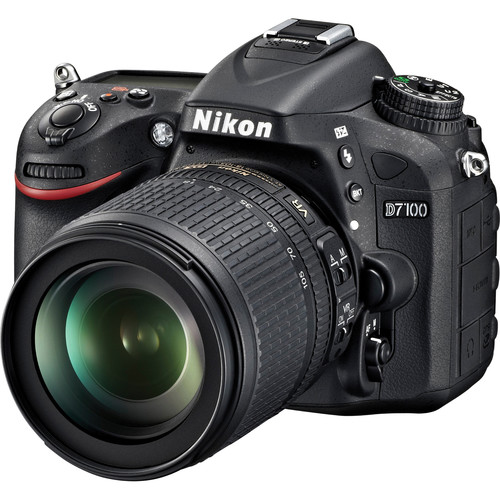Last Friday, we took a trip to Pacific Aquarium and Pet INC where Chi, Anita, and Derek helped us test our latest waterproof cameras, the Olympus TG-2, TG-830, TG-630, and TF-1! They led us past tank after tank, (a tiny seahorse, two electric blue jellyfish, more kinds of goldfish than we knew existed, the mystical axolotl) and we had still only seen half of their aquarium. After being warned away from a couple of large spotted fish that might bite, we settled on a pond full of friendly Koi to start diving in. Below are our video clips from the Olympus TG-2, TG-830, TG-630, and Sony TF-1 along with our reviews of each camera.
The Olympus TG-2
The Olympus TG-2 has beautiful picture quality, which made it really fun to film with. We left it on the bottom of the tank, and when the Koi swam up to investigate, it focused clearly and immediately. What really surprised us was the vibrant and clear colors in the video. How does the TG-2 get such vibrant colors? Its aperture can go as wide as F2, which means it can let in more light. Water makes light act a bit funky, so it is hard for underwater cameras to reproduce color, expose properly, and focus. It is often recommended to use a flash at all times and have the subject of the photo no more than three feet away. On top of it’s great picture quality, it was easy and fun to use, and collected great video with nice bubbly audio. It was our favorite camera of the four, however it also has the largest price tag, coming in at $350-$400.
The Olympus TG-830
As you can see, the TG-830 also has beautiful quality footage and great auto focus, even in the tanks with less light. It has a 16 Megapixel CMOS sensor which enhances its picture quality, and will enable you to zoom and crop without losing detail as you edit your photos. It felt very sturdy, and like the TG-2 it has locking ports for extra protection. Without having to compromise much on quality, the TG-830 is available in the $200-$250 range.
The Olympus TG-630
The TG-630 has a 12 megapixel sensor, and even at a lower price range ($150-$200) it can still capture 1080HD video. It stayed focused as we tested the 5x optical zoom in the dimly lit Koi pond, which was impressive. It also has double locking ports, so you can be secure that there won’t be accidental flooding underwater. You can buy the TG-630, and then use your savings to have a fabulous trip to the beach!
The Sony TF-1
The Sony TF-1 is the smallest and most affordable of these underwater cameras. Out of the four, the TF-1 is the only one that would fit comfortably in a pocket. The TF-1 captures 720HD video. Though it had trouble focusing on the fast moving Koi, it was much more accurate in the calmer Axolotl (black salamanders with headdresses on) tank. At around $160, you can get the TF-1 with the same quality on land as any other point and shoot, AND be able to take it into the water. The lock on the port did feel less secure than on the TG series, but we did not have any trouble as we dunked it in multiple tanks.
Overall
All four cameras were easy and fun to shoot with, but the TG-2 definitely came out on top with its quality of color and focus, while the TG-830 was a close second. Don’t get discouraged if you can’t stretch your budget! As you can see, the TG-630 and TF-1 still captured awesome video, and you can increase underwater photo quality by using the flash, and getting closer to your subject!

A HUGE thank you to Chi, Anita, Derek, and Pacific Aquarium Inc! We recommend them highly for all your aquarium needs and questions!
www.pacificnyc.com 212-995-5895



















